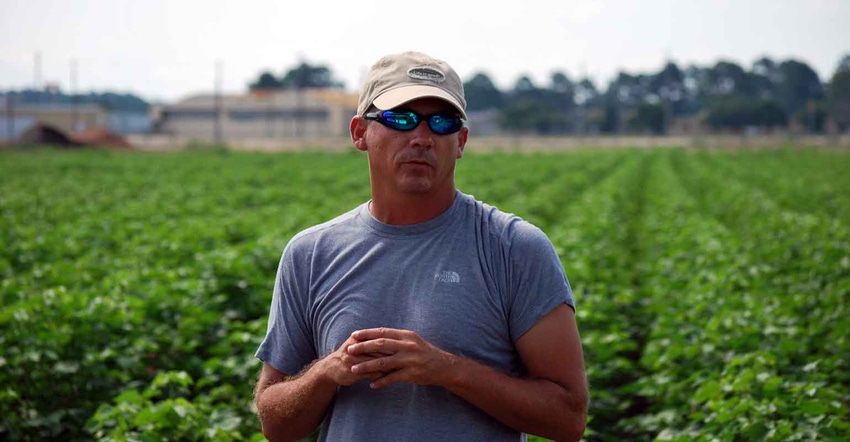
Farmers face two monumental challenges when it comes to managing weeds with herbicides: resistance and regulatory actions.
That’s the prognosis from University of Georgia Extension weed specialist Stanley Culpepper who cautions that these challenges are not just a significant threat to retaining currently available herbicides but are a threat to bringing additional herbicides to the market in the future.
Culpepper emphasizes that the regulatory atmosphere today presents a significant risk to not just weed management on the farm but to the sustainability of family farms themselves. The weed scientist’s warnings came in a presentation at the virtual North Carolina Crop Protection School Nov. 30.
“We’re just getting warmed up for a really, really significant challenge addressing the Endangered Species Act as there are nearly 1,200 active ingredients that face regulatory uncertainty. Essentially every tool in your toolbox from the chemical component is potentially threatened by this act,” Culpepper warned.
Chance for sustainability
As of now, Culpepper says farmers across the Southeast have enough resources to maintain a sustainable weed control program, but he cautioned that these herbicide tools are threatened mightily, and he doesn’t know what will happen regarding availability over the next five years.
“At least today the farmer or the farm manager has the ability to implement a sustainable program. If the tools are there, the knowledge is there, one can implement a sound program. If you’re from Planet Earth, you’re well aware there is little to no new chemistry, especially if you think about weed control and herbicide modes of action,” Culpepper said.
“Yes, we hear about things. But when do they actually get to the field? Will they make it through the regulatory atmosphere that’s currently in place? With that in mind, it’s absolutely essential that we protect every tool that’s currently in that toolbox. They are absolutely priceless to us, especially in the area of weed control where we have limited options.”
Culpepper stressed that the rise of herbicide resistance is absolutely eminent.
“There is no question the overall impact on agriculture is going to continue to increase. It’s up to us at the field level and at the scientific level of developing sustainable programs to try to mitigate that. At least with me, the most important process to implementing a sound program on the farm is to really think about selection pressure,” Culpepper said.
‘A numbers game’
“A lot of people like to make selection pressure a complicated terminology. But it’s really not. It’s really, really simple. It’s a numbers game. The more of a given plant species you treat with the same herbicide, or the same herbicide mode of action, the more likely you’re going to develop resistance and lose that tool. A little bit of common sense goes a long way,” he said.
“You have resistance to the chemistry that is in the toolbox today. You have resistance to the chemistry that is hopefully in the future toolbox, and you have resistance to chemistry that hasn’t even been developed, especially in species like ryegrass and palmer amaranth where they are basically genetic studs. You have to come to the acceptance that you have to implement a sound program and if you’re not willing to do that you’re not going to be sustainable.”
In his presentation at the Crop Protection School, Culpepper highlighted a survey he conducted with 1,062 farmers from across the state of Georgia on what they thought were the most important factors in managing resistant palmer amaranth. Those factors were:
Timely herbicide application
Residual herbicides
Hand weeding
Extension
Different herbicide modes of action
Start clean, stay clean
“This is what a large number of growers have done to go from being devastated from a pest like palmer amaranth to now being in really pretty good shape. We’re never going to be happy economically, but at least management wise probably 98% of my growers are happy with where we are at with management because they are implementing sound programs,” Culpepper said.
About the Author(s)
You May Also Like






